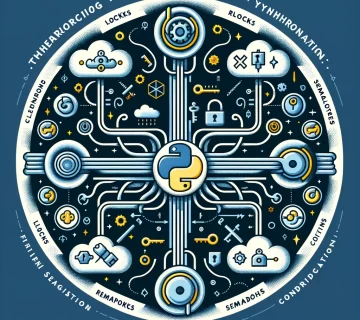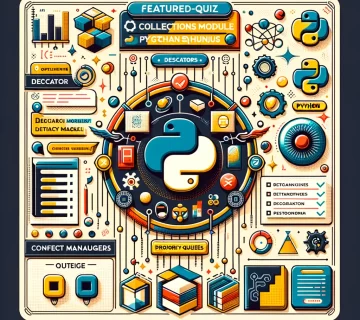Dive into the depths of Python’s advanced features with our meticulously crafted quiz designed to challenge and refine your understanding of some of the most powerful programming concepts. This quiz offers a unique opportunity to test your knowledge on advanced list comprehensions, the intricacies of dictionaries and sets, as well as the manipulation of dates and times using the datetime module. These topics are not only fundamental to becoming proficient in Python but are also crucial for tackling real-world data manipulation and analysis tasks with elegance and efficiency.
How did you do? Share your score, and let us know if there are any concepts you’d like to explore further!





No comment